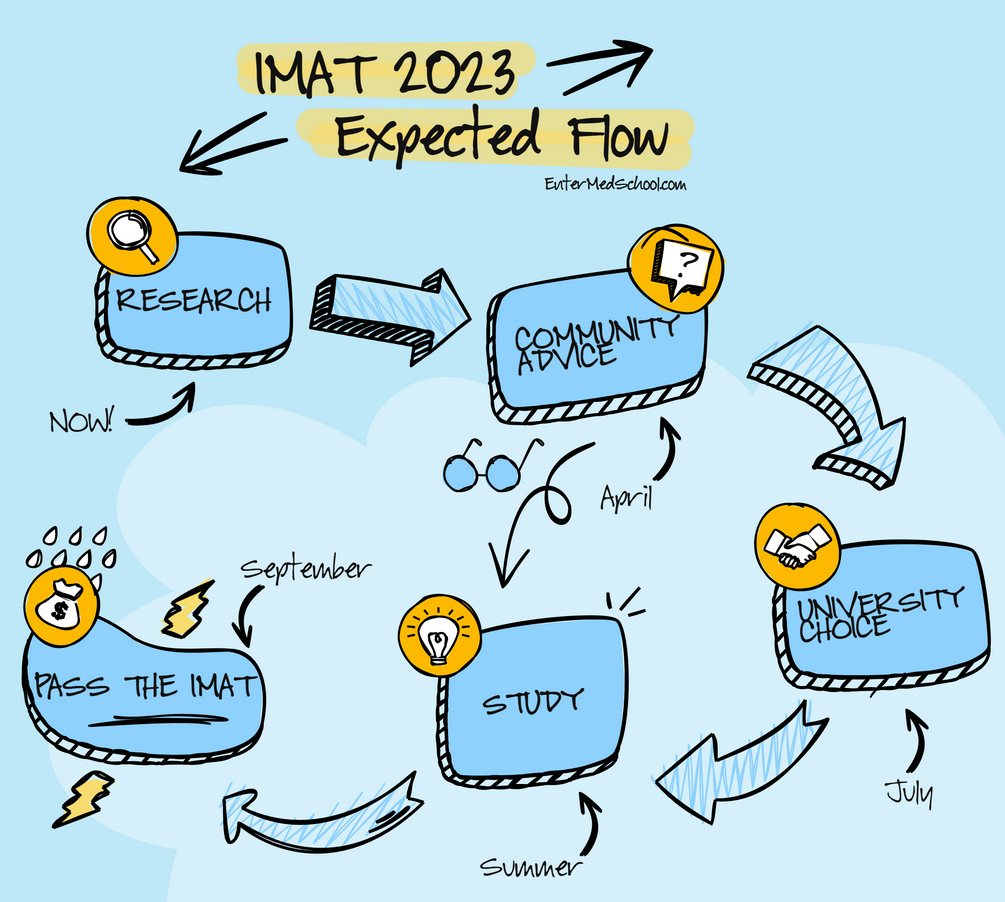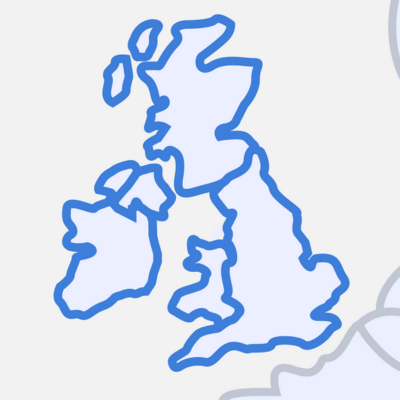

Ari Horesh University of Pavia, Italy
4th of March, 2023If you’re an international medical student looking to pursue your education in Italy, you’ll be happy to know that the country offers a range of scholarship opportunities to help make your dreams a reality. From low tuition fees to discounts and bursaries up to 7500 euros, as well as housing and free food at the cafeteria, Italy has much to offer. In this article, we’ll dive into the world of Italian scholarships for international medical students and explore the various opportunities and resources available to help fund your education. Whether you’re a first-time applicant or a seasoned student, read on to learn everything you need to know about getting scholarships for medical studies in Italy.


Content Quick Navigation
How Do I Get a Scholarship?
To get a scholarship in Italy, it’s important to understand that there are multiple types available, each with their own eligibility requirements and application procedures. One type of scholarship is based on job, where some universities may offer full scholarships in exchange for a few hours of work per week. This can be a great option for students who are looking for a way to cover their tuition fees while gaining valuable work experience.
Another type of scholarship in Italy is based on socioeconomic status. International students from third world countries and those from lower income families may be eligible to submit their documents through the offices and apply for a scholarship or bursary. These scholarships can be a great way to cover expenses such as tuition fees, housing, and living expenses
Read more about calculating your ISEE: https://entermedschool.com/isee-and-ispe-calculator-for-scholarships-in-italy/
It’s important to note that many students confuse tuition fee discounts with scholarships. While tuition fee discounts are based on your socioeconomic status and the documents you submit on a yearly basis, bursaries are only available to those whose family income is low enough to meet the eligibility requirements. Therefore, it’s important to carefully research the different types of scholarships available and their specific requirements before applying.
In Italy, socioeconomic status is determined based on the documents that you translate and submit. After checking the documents, the organization will assign you a number called “ISEE” which is a document that proves your financial situation of the last tax year. This document is used to show the university that you are eligible for a scholarship or bursary, or at least a discount in tuition fees.
To calculate your ISEE, you need to consider two factors. The first is the yearly income of your parents (or yourself, if you are an individual), multiplied by the rate against the euro, which equals A. The second factor is the size of the apartment you live in, multiplied by 500, and then by 0.2, which equals B.
You then add A and B together to get X, and divide X by a coefficient that depends on the number of people in your household to get your ISEE UNI. The coefficient values are as follows:
- 1 person = 1
- 2 persons = 1.57
- 3 persons = 2.04
- 4 persons = 2.46
- 5 persons = 2.85
In addition to ISEE, there is also a value called ISPE, which is the value your nuclear family gets. To calculate your ISPE UNI, you multiply B by 5, and then multiply the result by a coefficient that depends on the number of people in your household.
To be eligible for a scholarship in most Italian universities, your ISEE should be less than 23,000, and your ISPE should be less than 50,000. Keep in mind that these values may vary depending on the scholarship or bursary you’re applying for, so it’s important to check the specific eligibility requirements before applying.
Which Documents Do I Need?
To be eligible for scholarships and bursaries in Italy, you’ll need to gather and translate several documents that certify your socioeconomic status. The exact documents you need may vary depending on the scholarship or bursary you’re applying for, as well as your country of origin.
The easiest way to confirm which documents you need is to contact the scholarship body you’re applying to, or even better, an upper year student from your university who has already gone through the process. However, in general, the documentation you gather must certify the following:
- The composition of your family of origin, containing the name, surname, and date of birth of each member, as well as the possible absence of one or both parents, in order to identify the correct parameter of the equivalence scale.
- Gross annual income received in the year prior to your application by each member of your family unit.
- Any property owned by each of them with the indication of the surface area, as well as the movable assets available to the same date.
- Any rent collected or paid for the residence of the family unit.
- For international students from non-EU countries, it is mandatory to attach a copy of the “permesso di soggiorno”. If it has not yet been issued or has expired, a copy of the passport or the expired permit alongside a copy of the documentation certifying the request/renewal of the residency permit is accepted temporarily.
- The declaration of value (DoV) is also necessary for pre-enrollment and to enroll in the university of the highest level degree obtained outside of Italy.
It’s important to note that similar to the documents you translated into Italian when you applied to medical school, you will also have to apostille and approve your documents at the local embassy on a yearly basis to be eligible for scholarships and bursaries in Italy.
Here is a table summarizing the documents you may need to apply for a scholarship or bursary in Italy:
| Document | Description |
| Family composition certificate | Certifies the composition of your family of origin |
| Income certificate | Certifies the gross annual income received by each member of your family unit |
| Property certificate | Certifies any property owned by each member of your family unit |
| Movable asset certificate | Certifies any movable assets available to each member of your family unit |
| Rent certificate | Certifies any rent collected or paid for the residence of your family unit |
| Passport or residency permit | Required for international students from non-EU countries |
| Declaration of value | Certifies the highest level degree obtained outside of Italy |
What Are The Benefits?
If you’re successful in obtaining a scholarship in Italy, it can grant you anywhere from 3,500 to 7,500 EUR, depending on the region you’re studying in. This can be a great way to cover your tuition fees and living expenses while pursuing your medical education in Italy.
It’s important to note that the scholarship application usually opens before the admission exam (IMAT), so it’s crucial to have your documents ready and follow the yearly instructions on the scholarship websites, usually during the summer. This will help ensure that you don’t miss any deadlines and that your application is submitted on time.
While you can apply for a discount in tuition fees all year long, if you are too late with submitting your documents, you might have to pay a fine of up to 165 EUR. Therefore, it’s important to stay on top of the application process and submit your documents as early as possible.
In addition to covering your tuition fees, scholarships in Italy can also grant you free food at the “mensa,” which is the food cafeteria in Italy. This can be a great way to save money on your living expenses while studying.
Finally, a special scholarship you can try to apply for is a room in the university dorm. Some dorms in Italy are quite fancy, so we highly recommend checking with students about the best dorms in every university before choosing them. This can be a great way to save money on your housing expenses and immerse yourself in the student community.
What Are The Important Details?
To recap, it’s important to note that the socioeconomic status in Italy is based on the document translated, and after checking the document, the organization will assign you a number called “ISEE”, which is a document that proves your financial situation of the last tax year, and shows the university that you are eligible to a scholarship or bursary, or at least a discount in tuition fee. The ISEE should be less than 23,000 to get the scholarship, and the ISPE should be less than 50,000.
When it comes to applying for scholarships in Italy, make sure to stay on top of the application deadlines and gather all the necessary documents in advance. The scholarship application usually opens before the admission exam (IMAT), so it’s crucial to have your documents ready and follow the yearly instructions on the scholarship websites, usually during the summer.
In addition to scholarships and bursaries, some universities in Italy also offer discounted tuition fees for students who meet certain socioeconomic criteria. However, if you are too late with submitting your documents, you might have to pay a fine of up to 165 EUR. Therefore, it’s important to stay on top of the application process and submit your documents as early as possible.
Finally, for those who are looking for a more immersive student experience, there’s also the option of applying for a room in the university dorm. Some dorms in Italy are quite fancy, so it’s worth checking with students about the best dorms in every university before choosing them.
In conclusion, funding your medical education in Italy can be challenging, but scholarships, bursaries, and discounted tuition fees can help make it more affordable. By carefully following the application process and gathering all the necessary documents, you can increase your chances of success and secure the financial support you need to achieve your goals.

